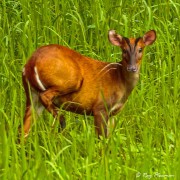Animal Photo Albums and Classification
My Animal Photo Albums feature images of unrestrained animals that I photographed in their natural or adopted habitat. Furthermore, I generally excluded photos of animals that depend on humans for food, such as those in captive zoo type environments.
The estimated number of animal species on the planet is 8.7 to 15 million. Still, science has only identified around 1.6 million of these.
Animal Photo Albums Invertebrates
The invertebrate photo album collections feature animals that belong to the phylum Arthropoda (Arthropods):
(a) Insecta (Insects),
(b) Arachnida (Arachnids), Araneae (Spiders).
Insecta (Insects)
Insecta (Insects) are the most diverse animals globally, with over one million described species. These include around 180,000 Lepidoptera (Butterflies and Moths) and over 6,000 Dragonflies and Damselflies (Odonata). Other insects such as Ants, Bees, Crickets, Grasshoppers, Mayflies, Stick Insects, and True Bugs account for the rest.
The photo album collections feature a small selection of images arranged in four time-ordered evolutionary history groups:
(a) Mayflies, Dragonflies and Damselflies,
(b) Moths,
(c) Butterflies:
(i) Gossamer-winged,
(ii) Brush-footed,
(iii) Skippers, Whites and Swallowtail,
(d) Other Modern, Wing-folding Insects.
Arachnida (Arachnids)
The number of described Arachnida (Arachnids) species is over 100,000; about half this number is Araneae (Spiders).
The photo album displays Araneae (Spiders) images placed in Arachnida (Arachnids), which show dorsal and ventral views, feeding behaviours, and different forms of spider webs.
Animal Photo Albums Vertebrates
The vertebrate photo album collections display the following animal classes placed in the phylum Chordata, subphyla Vertebrata:
(a) Reptilia (Reptiles),
(b) Mammalia (Mammals).
Reptilia (Reptiles) and Aves (Birds)
Class Reptilia (Reptiles) and Aves (Birds) share a common ancestor. Although Aves is part of Class Reptilia, my Bird Photo Albums feature in a dedicated top-level Birds section at the same level as animals.
The reptile database contains more than 10,000 species and 2,700 subspecies. My five time-ordered evolutionary history photo albums display a small selection of reptile images:
(a) Crocodiles, Turtles and Tortoises,
(b) Lizards, Skinks and Geckos,
(c) Iguanas (Land, Marine and Tropidurid),
(d) Iguanas (Agamids and Anoles),
(e) Snakes.
Mammalia (Mammals)
There are around 6,500 recognised mammal species. The ‘IUCN Red List 2020-2’ of Threatened Species lists 5899 while the Animal Diversity Web (ADW) 2013 and Mammal Species of the World, 3rd edition 2005 database lists around 5,000 species.
The mammals’ photo album displays some images arranged in four time-ordered evolutionary history groups:
(a) Egg-laying and Marsupial Mammals,
(b) Colugo, Primates, Rabbits and Rodents,
(c) Cetaceans and Marine Carnivores,
(d) Land Carnivores, Ungulates and Bats.
Animal Photo Albums High-level Classification and Photo Album Collections
The figure shows a simplified taxonomic diagram in time-ordered evolutionary history that illustrates the arrangement of a high-level classification of Animalia (Animals).
Following this classification arrangement, I have split the photo album collections into invertebrate and vertebrate groups:
Invertebrates contain two photo album collections:
(1) Insecta (Insects),
(2) Arachnida (Arachnids).
Vertebrates contain the following photo albums:
(1) Reptilia (Reptiles),
(2) Aves (Birds),
(3) Mammalia (Mammals).
Animal Photo Albums References and Bibliography: Online Resources
Animal Identification, Conservation, Classification and Forums
1. The International Union for Conservation of Nature (IUCN) Red List of Threatened Species. 2020. [Online] Available from https://www.iucnredlist.org/ [Accessed 28-Jul-20].
2. Living National Treasures This site highlights those plants and animals whose survival depends solely on a single nation’s actions. (no date). [Online] Available from http://lntreasures.com/index.html [Accessed 04-Dec-20].
3. Marine Species Identification Portal (no date). [Online] Available from http://species-identification.org/index.php [Accessed 15-Aug-20].
4. iNaturalist.org. [Online] Available from https://www.inaturalist.org [Accessed 28-Jul-20].
5. Catalogue of Life (CoL). 2020. [Online] Available from http://www.catalogueoflife.org [Accessed 28-Jul-20]. Annual Checklist http://www.catalogueoflife.org/annual-checklist/2019/ [Accessed 28-Jul-20].
6. Integrated Taxonomic Information System. [Online] Available from https://www.itis.gov/ [Accessed 28-Jul-20].
7. CABI Invasive Species Compendium. [Online] Available from https://www.cabi.org/isc/ [Accessed 27-Jan-21].
Reptiles
1. The Reptile Database (2020). The database provides a catalogue of all living reptile species and their classification. [Online] Available from http://www.reptile-database.org/ [Accessed 28-Jul-20].
2. Wildherps. [Online] Available from http://www.wildherps.com [Accessed 04-Dec-20].
Mammals
1. Animal Diversity Web (ADW) (2013). An online database of animal natural history, distribution, classification, and conservation biology at the University of Michigan. [Online] Available from http://animaldiversity.org/ [Accessed 28-Jul-20]. ADW Authorities [Online] Available from https://animaldiversity.org/animal_names/authorities/ [Accessed 28-Jul-20].
2. Wilson & Reader’s Mammal Species of the World (MSW3), 3rd edition [Online]. Available from https://www.departments.bucknell.edu/biology/resources/msw3/ [Accessed 28-Jul-20]. Bucknell University hosts it.
3. Mammal Society. [Online] Available from https://www.mammal.org.uk/ [Accessed 03-Oct-20].
Insects
1. learn about Butterflies. [Online] Available from https://www.learnaboutbutterflies.com/ [Accessed 03-Oct-20].
2. Odo-nutters. Odonata, Dragonflies and Damselflies. [Online] Available from https://www.odonata.org.uk/ [Accessed 15-Aug-20].
Regions
1. Amateur Entomologist’ Society (AES) 1997-2020. One of the UK’s leading organisations for people interested in insects. [Online] Available from https://www.amentsoc.org/ [Accessed 19-Dec-20].
2. Ecology Asia. [Online] Available from https://www.ecologyasia.com [Accessed 03-Oct-20].
3. Kangaroo Trail Fact Sheets. [Online] Available from http://www.rootourism.com/fact.htm [Accessed 13-Aug-20].
4. Singapore Butterfly Circle. [Online] Available from http://www.butterflycircle.com/ and http://checklist.butterflycircle.com/ [Accessed 03-Oct-20].
5. The Biodiversity of Singapore. [Online] Available from https://singapore.biodiversity.online/ [Accessed 29-Jan-21].
Bibliography: Printed Resources (Books)
Africa
1. Bowler, J. (2006). Wildlife of Seychelles. Old Basing, Hampshire: WILD Guides.
Australasia
1. Martin, S. (2010). Bradt Australian Wildlife: A Visitor’s Guide. Bradt Travel Guides.
2. Fitter, J. (2010). Field guide to the wildlife of New Zealand. London: Christopher Helm. (Reprint 2014).
South America
1. Fitter, J., Fitter, D., Hosking, D., Withers, M. and O’Dwyer, S. (2015). Wildlife of the Galápagos. 2nd ed. London: William Collins.
2. Swash, A. and Still, R. (2005). Birds, Mammals, & Reptiles of the Galápagos Islands. 2nd ed. London: Christopher Helm.
Animals
1. MacDonald, D. and Barrett, P., 2005. Mammals of Britain and Europe. 5th ed. London: HarperCollins.
2. Chinery, M., 1993. Insects of Britain & Northern Europe. 3rd ed. London: HarperCollins.
![Animals Photo Albums [Insects]](https://rayplowman.co.uk/wp-content/uploads/2021/01/Six-spot-Burnet-IMG_1356ad-180x180.jpg)
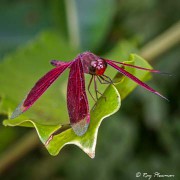
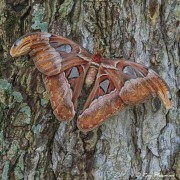
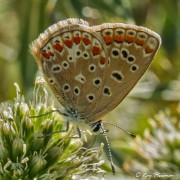
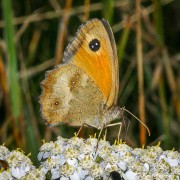
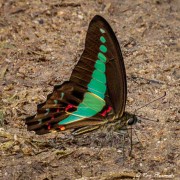
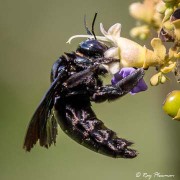
![Animals Photo Albums [Spiders]](https://rayplowman.co.uk/wp-content/uploads/2021/01/Northern-Jewelled-Spider-Female-Ventral-View-_7D_7458ad-180x180.jpg)
![Animals Photo Albums [Reptiles]](https://rayplowman.co.uk/wp-content/uploads/2021/01/Galapagos-Marine-Iguana-_D4_3482d-180x180.jpg)
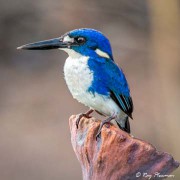
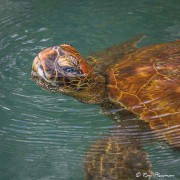
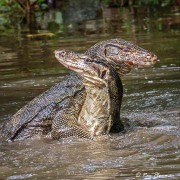
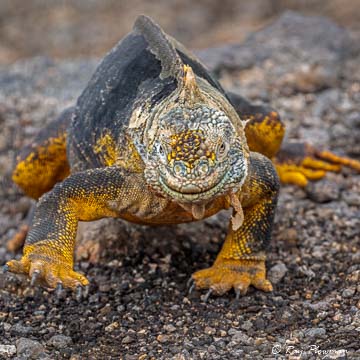
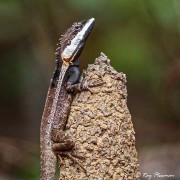
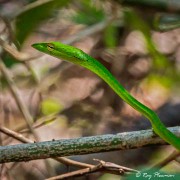
![Animals Photo Albums [Mammals]](https://rayplowman.co.uk/wp-content/uploads/2021/01/Common-Coarse-haired-Wombat-_AU_3084d-180x180.jpg)
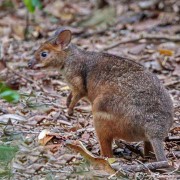
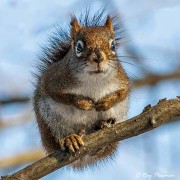
![New Zealand [Hooker’s] Sea Lion (Phocarctos hookeri) bull hauled out on Pilots Beach's rocks on the Otago Peninsula](https://rayplowman.co.uk/wp-content/uploads/2021/01/New-Zealand-Hookers-Sea-Lion-Bull-_MG_5124hd-180x180.jpg)
